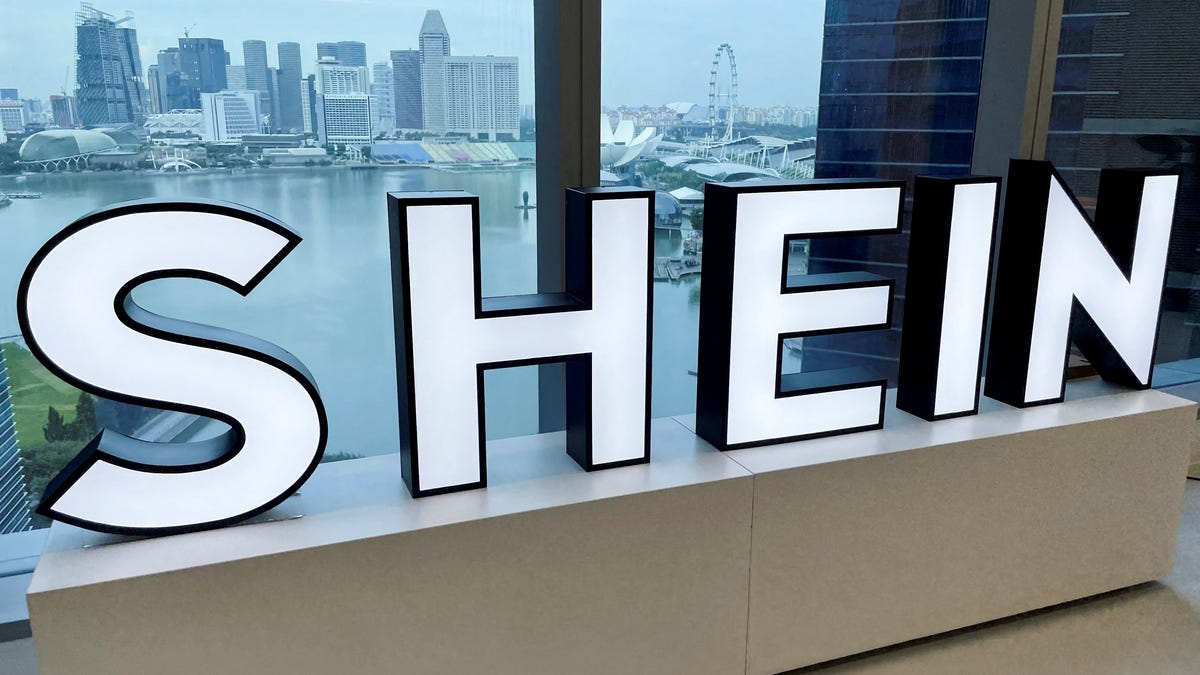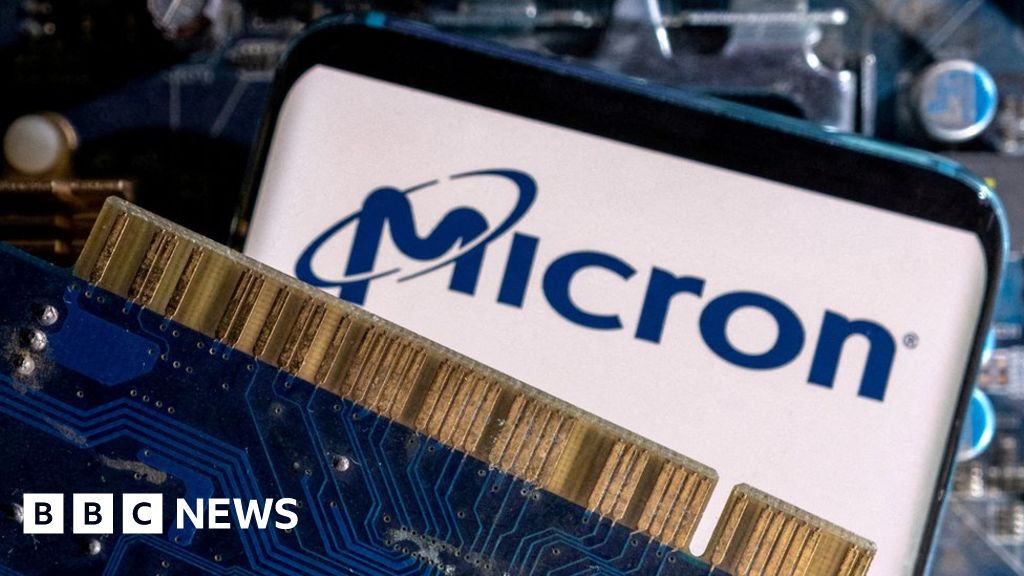- Arvind's Newsletter
- Posts
- Arvind's Newsletter
Arvind's Newsletter
Issue No #748
1. Shein, the fast-growing Chinese fast-fashion brand, is returning to India under a partnership with Reliance Retail.
A huge success among millennials and Gen Z for its designs and affordable pricing, Shein was banned in India along with several other Chinese apps in 2020. Now, the brand will be available across Reliance stores, and have its own app. The deal with Reliance will allow Shein to source fabrics from small businesses in India, as well as building a production hub in India to export to the Middle East, helping the company diversify its supply chain beyond China, the WSJ report said.
Finding new sources for its materials is of critical importance to Shein, who’s been facing scrutiny in the US for allegedly sourcing cotton from Xinjiang, a violation of the Uyghur Forced Labor Prevention Act.
2.WhatsApp has granted users one of its most awaited features - the ability to edit messages.
With the feature rolling out globally in the coming weeks, senders will be able to modify their messages within 15 minutes of hitting send.
The function can be accessed by long-pressing the message and choosing "edit" in the drop-down menu. The modified message will carry the label "edited", without showing edit history.
3.”The offbeat sari”
The sari, in essence, is a six- to nine-yard cloth draped freely around the body.
Many South Asian designers have put their stamp on the sari, and it has influenced the work of Cristóbal Balenciaga, Gianni Versace and the French couturier Madame Grès reports the New York Times.
In April, Zendaya wore a sparkling deep-blue sari by Rahul Mishra on a red carpet in Mumbai, India. At the 2022Cannes Film Festival, the Indian actress Deepika Padukone wore a shimmering gold-and-black sari by Sabyasachi Mukherjee that Vogue France called “the star piece” of the festival. And at last year’s Met Gala, Natasha Poonawalla, the executive director of an Indian biotechnology company, wore a glittering gold sari by Mr. Mukherjee beneath a sculptural metal corset by Schiaparelli.
Ms. Poonawalla’s Met Gala sari is among the pieces featured in a new exhibition, The Offbeat Sari,” opening on Friday at the Design Museum in London.
4.How ‘Decoupling’ From China Became ‘De-risking’.
The G-7 has adopted more nuanced language towards China in its final communique, calling for “de-risking and diversifying” away from China, rather than the harsher “decoupling” that had been gaining traction in Washington.
Yet tangible signs of change are far off. China, which hosts Russia’s prime minister this week, does not look to be abandoning its implicit backing for Moscow’s war against Ukraine. The U.S.-China semiconductor battle also appears unlikely to abate as China in a tit-for-tat action banned US chip maker Micron from key infrastructure projects. And Washington has for weeks been gathering support for proposed new restrictions on foreign companies’ high-tech investment in China. Even the newly nuanced G-7 language is still harsh: Mentions of China have risen markedly in G-7 communiques over the years, with the latest one referring to Beijing’s “malign practices” and “coercion.”
5.Economist Noah Smith in his blog interviews China specialist Dan Wang to discuss and successes and failures of China’s industrial policy, decoupling and export controls among other topics. Long but worthwhile read.
Some excerpts:
On China’s failures in industrial policy
China is achingly aware of its deficiencies in two strategic sectors in particular: semiconductors and aviation. So it has showered these sectors with bountiful money and stern policy attention. Where has that gotten them? Not far. On chips, China has built the basics of the industry, but is at best 10 years behind the leading edge of manufacturing logic chips, and even more on the tools needed to produce chips: lithography equipment and EDA software. On aviation, China’s answer to Airbus and Boeing has been years behind schedule, and is anyway substantially dependent on western engines and avionics systems.
On successes
China has caught up with the west on nearly all manufactured products outside of chips and aviation. It is making sophisticated electronics components. It is making boring industrial equipment that rarely grace headlines. And it is making most of the technologies needed for de-carbonisation. The folks at Bloomberg New Energy Finance estimate that China owns 90% of the solar supply chain: everything from polysilicon production to the tools needed to make photovoltaics to the panels themselves. It’s also doing very well in batteries and has a shot at dominating the hydrogen supply chain as well.
China will in due course sort out its deficiencies
There are enormous macro headwinds for China’s economy: lousy demographics, a domineering central government, and greater political emphasis on state-led growth. But I tend to think that China will be able to solve its technological deficiencies. Its main task is to reinvent existing technologies: arguably firms like TSMC and ASML have the harder task, that is to push forward the technological frontier. On chips in particular, there’s a broad sense that it costs too much to keep pushing forward Moore’s Law. So if the leaders hit a wall, it’s only a matter of time for Chinese firms to catch up. These products are technology, not magic. And Chinese firms have already mastered a lot.
Where China struggles
Any technology that demands the complex integration of different scientific areas is challenging for Chinese firms. Semiconductors bring together electrical engineering, chemistry, computer science, and more; aviation is the integration of aerodynamics, materials science, mechanical engineering, etc. China's scientific capabilities have steadily risen, but I would say it's still fairly weak. No surprise, perhaps, that Chinese firms weren't able to produce mRNA vaccines, since its scientific establishment is unused to puttering around the fringes of new fields.
Where China is able to master technology
On the other hand, for any technology where the science is mature, and the complexity lies more with the manufacturing process, China tends to be strong. Take renewable technologies like solar photovoltaics or EV batteries.






